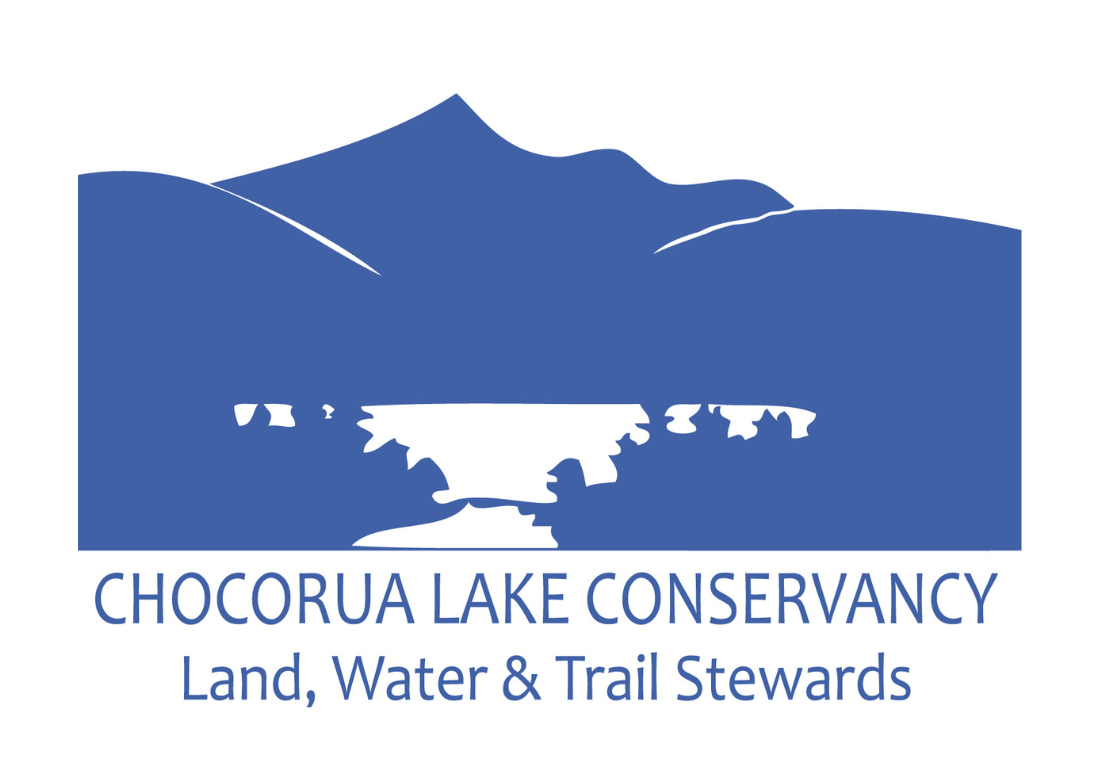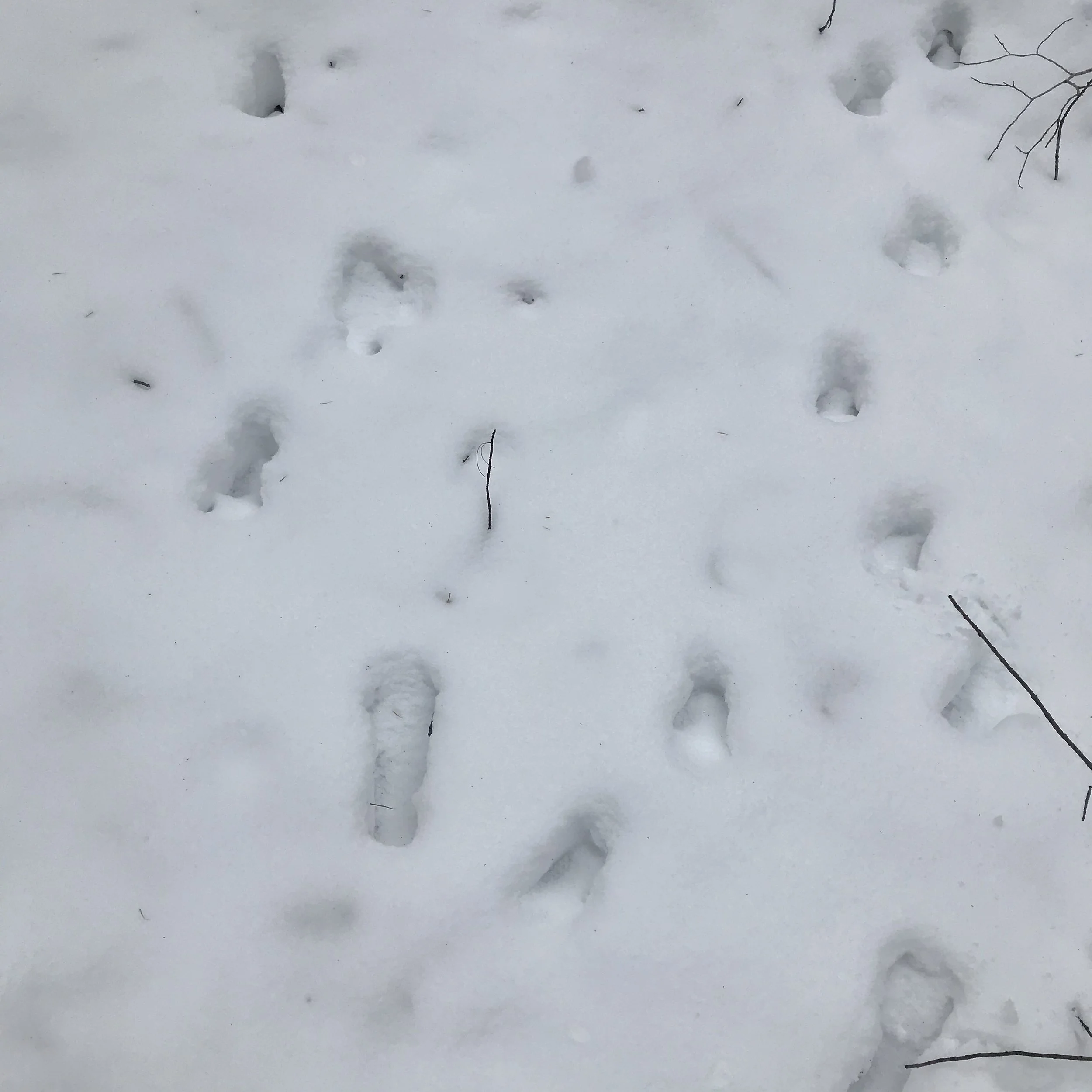The beauty of snow is that it provides us with a natural canvas where we can see the pattern of animal tracks, other signs of animal activity, and read a story about the forest in winter.
On Saturday, January 20 from 10:30AM-12:30PM, join Chocorua Lake Conservancy Stewardship Director Debra Marnich for Patterns in the Snow: Wildlife Tracking for All Ages, a winter wander at the Woodhouse Reserve on Chocorua Lake to observe and learn about wildlife in winter, adaptations for survival, and the tracks they leave behind. A diversity of animals are active during the winter months, busy finding food and staying warm. They leave behind patterns in the snow that tell stories about their movements and what they need to survive. What do they eat, where do they find shelter, who eats them? You’ll be amazed by what you can read in the snow and learn about our wild neighbors. Who walks in a straight line and who waddles? Who has four toes and who has five? Do the tracks lead to a tree or a hole in the ground? What clues might tell you what animal left the signs?
We’ll meet at the Tamworth Residents’ Beach parking area on Chocorua Lake and wander along the north end of the lake below the Chocorua River. Maybe we’ll find signs of otter or fishers, some deer tracks mingled with fox or coyote, hares, mice and squirrels, and perhaps a bobcat? We won’t be on a trail so be prepared for some wandering over rolling land. Snowshoes may be recommended depending on snow cover. Please wear good sturdy winter footwear, dress in layers for the cold temperatures, bring water and a snack if you’d like. Families are welcome with supervised kids ages 6 and up. This program is free/by donation. Please register in advance below—we want to be able to let you know of changes to the schedule. Storm date will be Saturday, January 27, same time.
CLC Stewardship Director Debra Marnich holds a BS in Zoology and an MS in Forestry. Her major interests and professional focus areas include combining wildlife and forestry practices to manage for both sound silvicultural and optimum wildlife habitat, creating early successional and bird nesting habitat, pollinator habitat creation, promoting small diverse farms local food production/agriculture, promoting land conservation and protection, environmental education, and integrating all resources concerns to create a balanced conservation system.

